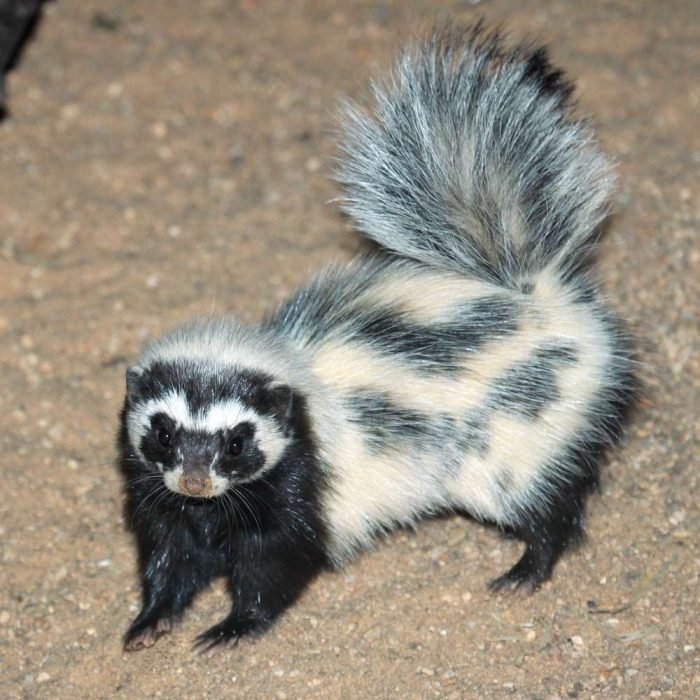Kinda Baboon
- Papio kindae
- IUCN Status: Least Concern
- Trend: stable

General Information
Kinda baboons used to be classified as subspecies of yellow baboons but have been classified as their own species of baboon. They are the smallest baboon.
Description
The Kinda baboon is golden in color with a light build and slender, lanky appearance. Their fur is somewhat longer and is less coarse and much softer compared to other baboon species. It is the smallest of all baboons; adult males are about the size of adult females of other baboon species. The Kinda baboon is also characterized by a shorter snout and pink circles around the eyes. Infants are usually born with white hair rather than black, typical of other baboons. Sexual dimorphism in Kindas is more moderate than in any other baboon species
Fun Facts
Kinda baboons are the smallest of all baboon species. They groom each other twice as long as other baboons—possibly to reinforce social bonds in dense forests where visibility is low.
Ecology & Behaviour
The Kinda baboons live in multisexual groups, similar to olive and yellow baboons. These are often much larger, often comprising over 100 baboons. Compared to all other baboon species, Kindas are unusually docile and uniquely characterized by high levels of male investment in male-female social relationships. Strict social hierarchy with female permanent rank obtained from the mother was observed as in other species. Males join new groups and may rise in rank, but violent confrontations are mostly avoided
Distribution & Habitat
Kindas have been known to hybridise with the chacma baboons in Kafue National Park in southern Zambia
Diet
The Kinda baboons live in multisexual groups, similar to olive and yellow baboons. These are often much larger, often comprising over 100 baboons. Compared to all other baboon species, Kindas are unusually docile and uniquely characterized by high levels of male investment in male-female social relationships. Strict social hierarchy with female permanent rank obtained from the mother was observed as in other species. Males join new groups and may rise in rank, but violent confrontations are mostly avoided
Reproduction
The Kinda baboons live in multisexual groups, similar to olive and yellow baboons. These are often much larger, often comprising over 100 baboons. Compared to all other baboon species, Kindas are unusually docile and uniquely characterized by high levels of male investment in male-female social relationships. Strict social hierarchy with female permanent rank obtained from the mother was observed as in other species. Males join new groups and may rise in rank, but violent confrontations are mostly avoided
Conservation
The kinda baboon do not rank among threatened animal species.
Interaction with Humans
The baboon’s major predators are humans. Knowing that humans can easily kill or injure them when they are in trees, baboons usually escape through undergrowth. Many troops have become a suburban menace in their search for food, overturning garbage cans, and literally breaking into cars and houses where they cause much damage. These troops can be dangerous and aggressive, and they will even steal food directly from people. These negative encounters have resulted in the baboons being hunted and poisoned by frustrated local residents. A dominant individual (usually the alpha male) leads the group to easily monopolised resources. The group usually follows, even though many subordinate members cannot gain access to that particular resource.
References
Share:
- Kingdom: Animalia
- Phylum: Chordata
- Class: Mammalia
- Order: Primates
- Suborder: Haplorhini
- Family: Cercopithecidae
- Genus: Papio











